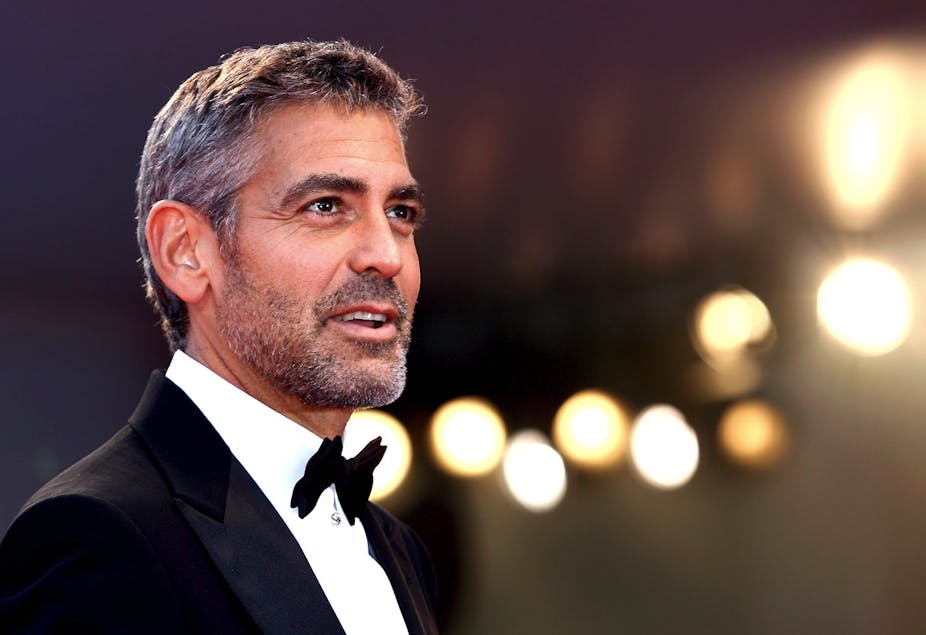While we celebrate certain celebrities who age gracefully like Dame Judy Dench, or exult the distinctiveness that ageing brings to particular male celebrities, such as George Clooney, the signs of ageing are generally despised.
We are surrounded by images of what is considered normal and desirable – namely, looking youthful. Ageless faces parade before us, constantly reminding us of what we should be, what we should aim toward. Those cursed with wrinkles need to “manage” and “correct” this deviant sign of ageing.
The quest for youthful looks can even land some into trouble with the law as seen in the recent case of a New Zealand woman who allegedly fled a Christchurch clinic after $NZ780 ($620)of Botox treatment.
And the Cosmetic Physicians Society of Australia (CPSA) have raised concerns about beauty treatment companies advertising their services by offering coupon discounts. These discounted cosmetic procedures include anti-wrinkle injections, laser treatments, and microdermabrasion.
The President of CPSA, Dr Gabrielle Caswell, stated that “these types of offers also encourage impulse purchases” and could “encourage excessive use of such procedures”.
But are such concerns justified and what can associations like the CPSA potentially gain from such public criticisms?
The most famous and often reported about non-invasive cosmetic procedure, aimed specifically at filling and preventing wrinkles such as crow’s feet and forehead lines, is undoubtedly Botox.
While Botox is a registered trademark owned by the company Allergan, the media and social attention this product has received means that Botox has become a familiar reference for all cosmetic forms of botulinum neurotoxin.
Yet historically, botulinum neurotoxin has been a threat to humans. Ingestion can cause botulism, a paralysing condition and, during World War II, there were attempts to turn botulinum toxins into biological weapons.
The history of this neurotoxin – a deadly food poison and destructive weapon of warfare – has been effaced by recent commercial uses and the media promotions of Botox.
While used clinically to treat hyperactive muscles, involuntary muscle contractions, and tremors and spasms in the face, trunk and limbs, Botox has also become a cure for a large and expanding range of aesthetic concerns, beyond combating wrinkles.
These include treating sagging breasts and baldness.
It is also reported that women have had filler injections such as hyaluronic acid and Botox, injected into their feet so they can survive a day of wearing stilettos at events such as the Melbourne Cup.
Celebrities and politicians increasingly liken Botox to other widely available salon treatments, hair products, and even to cleaning one’s teeth.
But injectables solve more problems than our aesthetic woes. They not only treat wrinkles, but inject a welcome boost into declining retail sales.
Witness the recent announcement by retail department store Myer, which plans to introduce Botox into their beauty services in an attempt to enhance sales.
The supposed ordinariness of Botox is apparent in how these injections are increasingly normalised. They are moving out of the offices and clinics of “experts”, such as dermatologists and cosmetic surgeons, and into beauty salons in shopping malls, and homes or rented hotel rooms where it may be administered during Botox parties.
Indeed, Botox parties may also take place in clinical environments, featuring lucky-door prizes and a variety of discounts.
Organisations such as the CPSA seeking to protect the public by warning them of the potential dangers of bargain coupons ignore this already wide dissemination of Botox: it is readily available “on-the-whim” consumer product.
In comparison to more invasive cosmetic treatments, Botox is readily accessible, quick and affordable.
Cynics might view the CPSA warning as an attempt to retain this expanding client base and increasingly lucrative market.
Figures from American Society for Aesthetic Plastic Surgery report around 2.5 million Botox procedures were performed in 2010, an increase of 50% from 2002.
It is hardly surprising that Botox is widely and readily available in our youth-obsessed society.
Surely, we cannot be surprised if more and more retailers seek a slice of the injectables pie, or if clients flee after their “anti-ageing” Botox treatments.

